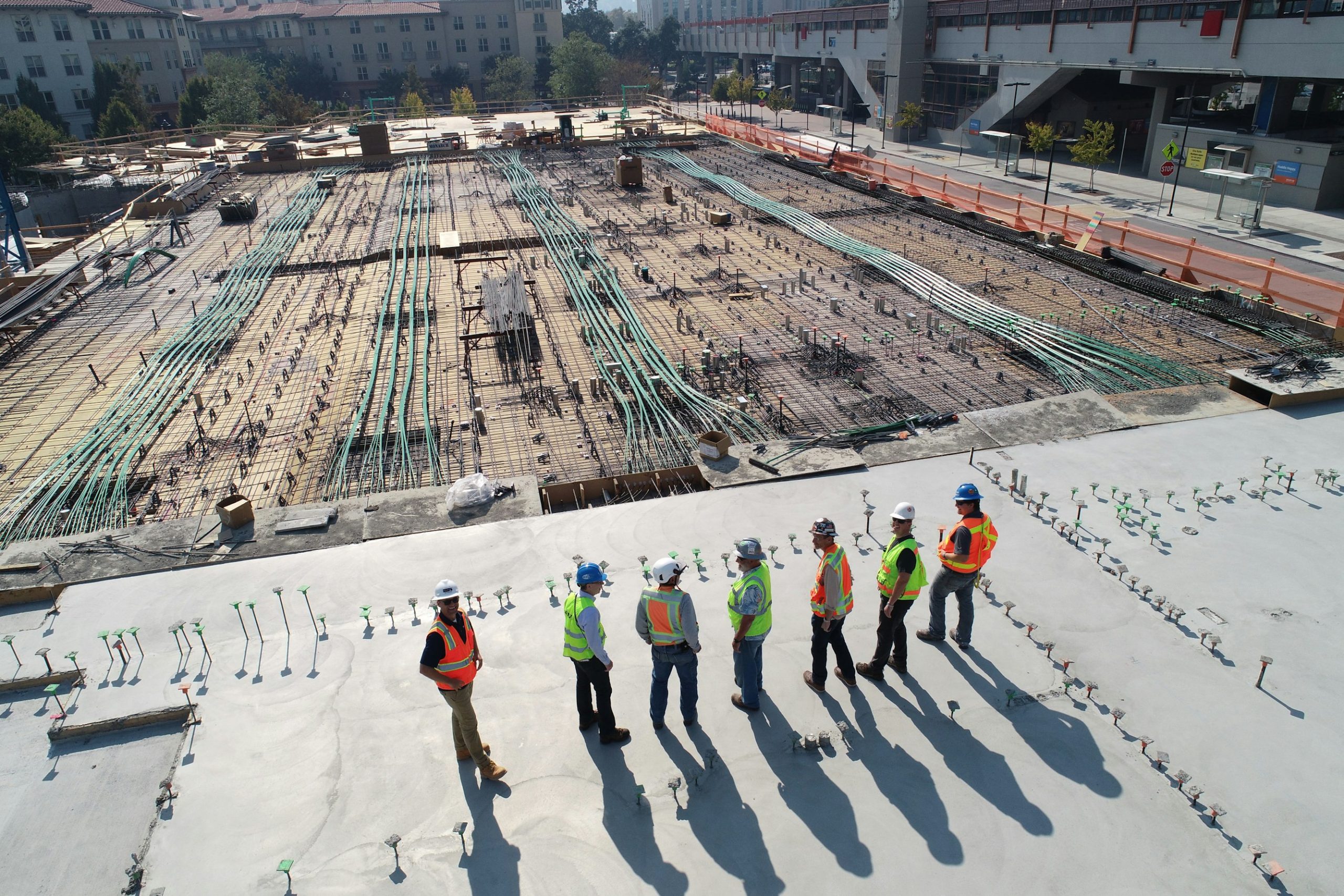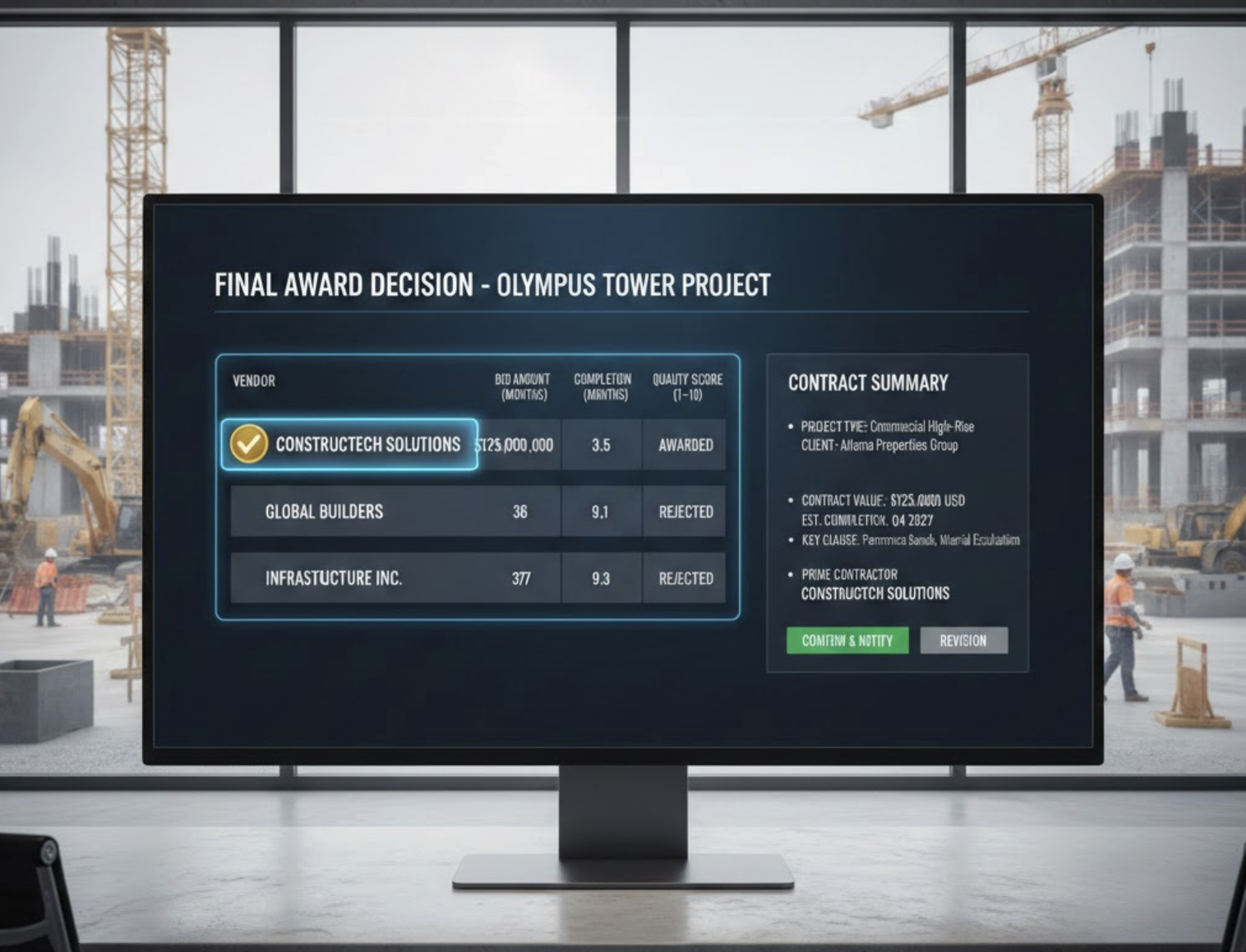Bridging the Gap Between Procurement and Jobsite Logistics
In the fast-paced world of construction, effective management of procurement and jobsite logistics is essential for project success. By leveraging construction project management software designed to integrate these functions, teams can ensure materials are sourced, delivered, and managed efficiently. This blog post will delve into how procurement logistics can be integrated with efficient jobsite management to enhance productivity, reduce costs, and keep projects on schedule.
Understanding Procurement and Jobsite Logistics
Procurement involves sourcing and acquiring goods and services necessary for a construction project, including materials, equipment, and subcontracted services. This critical phase encompasses planning, evaluating suppliers, negotiating contracts, and ensuring compliance with quality and cost requirements. Conversely, jobsite logistics is focused on the transportation, storage, and delivery of these goods to the construction site, along with coordinating related activities, managing logistics phasing, and facilitating effective communication among site teams.
Effective Integration of Procurement and Jobsite Logistics
Integrating procurement and logistics functions is crucial for construction projects. Procurement scheduling is an essential tool that links procurement with scheduling and submittals, ensuring that materials are ordered and received by their designated on-site dates. For example, advanced tools such as PLOT combine procurement scheduling with logistics management, ensuring timely delivery and minimizing delays that could impact project timelines and costs.
Timely delivery of materials is vital. Efficient procurement logistics guarantee that materials and equipment are ordered in accordance with the project schedule, preventing costly overruns. Furthermore, effective logistics coordination focuses on managing daily activities and communicating jobsite changes. Platforms and tools like PLOT facilitate these processes through dynamic functionalities, PDFs, notifications, and alerts that keep teams informed and on track.
Best Practices for Optimizing Procurement and Logistics
To maximize the benefits of streamlined procurement and logistics, adopting integrated software solutions is crucial. Utilizing construction management software that unifies procurement, logistics, and project management functions can greatly enhance workflow efficiency and reduce errors. Employing real-time communication tools is also necessary to ensure all stakeholders receive immediate updates regarding changes in logistics and procurement processes.
Providing transparency across the entire supply chain will enhance visibility into procurement and logistics operations, helping identify and mitigate potential delays or disruptions early in the process. Tools like Zepth’s jobsite management capabilities enable teams to collaborate seamlessly while accessing centralized project information.
Examples and Use Cases
Looking at other industries can provide valuable insights into construction project management. For instance, the automotive industry’s Just-In-Time (JIT) manufacturing model highlights the significance of synchronizing procurement and logistics. In construction, similar methodologies apply where procurement teams carefully source materials while logistics teams focus on their timely delivery. A practical example of effective construction site logistics may involve utilizing logistics mapping solutions to direct site activities, sharing detailed instructions to access points on the site, and ensuring that team members can coordinate effectively.
Emerging Innovations and Trends
The construction industry is experiencing a substantial digital transformation, with increasing reliance on digital tools and automation to streamline procurement and logistics processes. These technological advancements are instrumental in facilitating better communication, reducing manual errors, and enabling real-time project tracking. Data analytics play an important role, allowing teams to predict and navigate logistics challenges, thereby enhancing supply chain efficiency.
Integrating tools such as Zepth’s smart construction management tools enables construction teams to leverage robust data for informed decision-making, ultimately ensuring higher efficiency and cost savings.
How Zepth Can Enhance Your Procurement and Jobsite Logistics
Utilizing Zepth’s construction management software provides comprehensive capabilities to merge procurement and logistics in a seamless manner. With features such as supply chain visibility, real-time communication tools, and an integrated platform, Zepth empowers teams to streamline their entire construction process efficiently. From procurement to delivery, Zepth ensures that materials are managed correctly, helping projects stay on track and within budget.
Furthermore, Zepth’s integration of procurement scheduling with construction analytics and insights provides users with a clear view of logistics operations, enabling teams to make real-time adjustments where needed. The platform promotes document management and communication, ensuring all parties are aware of any developments and challenges that arise during the construction lifecycle.
Conclusion
Bridging the gap between procurement and jobsite logistics is paramount in fostering enhanced efficiency and effective project management in construction. The integration of these functions not only leads to reduction in project timelines and costs but significantly improves overall productivity. By adopting innovative solutions like Zepth’s construction project tracking software, teams can enhance their operational capabilities and ensure successful project delivery.




